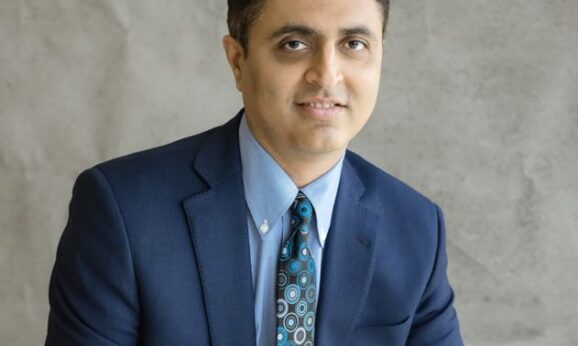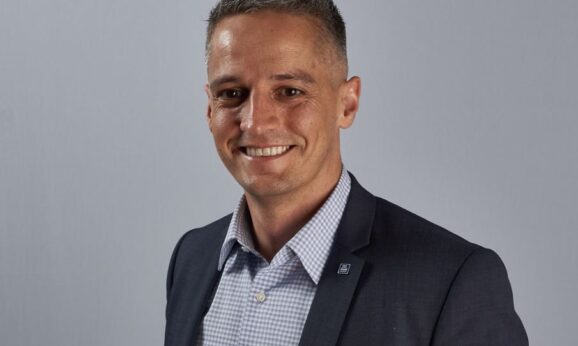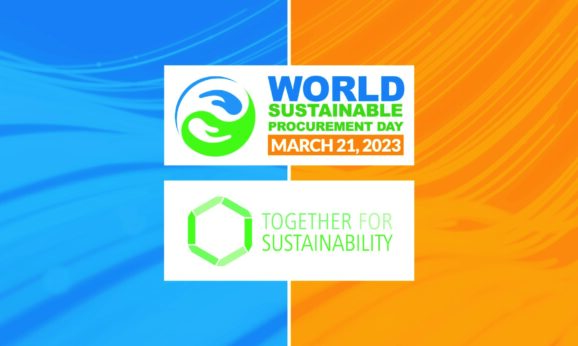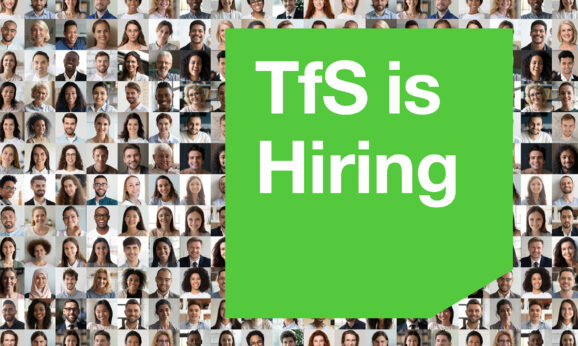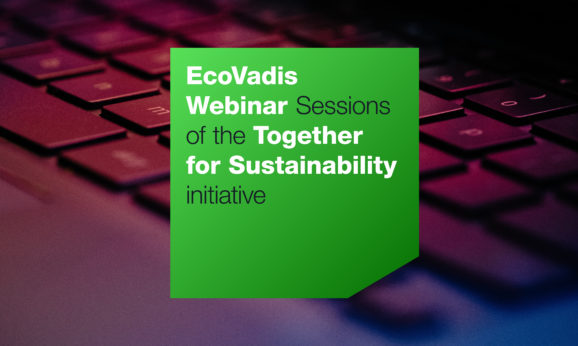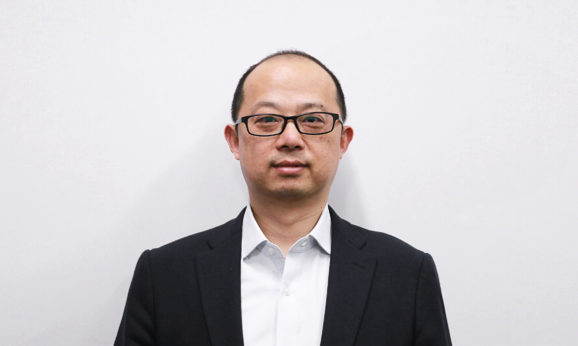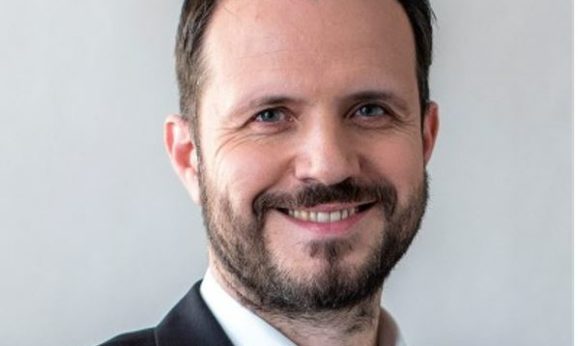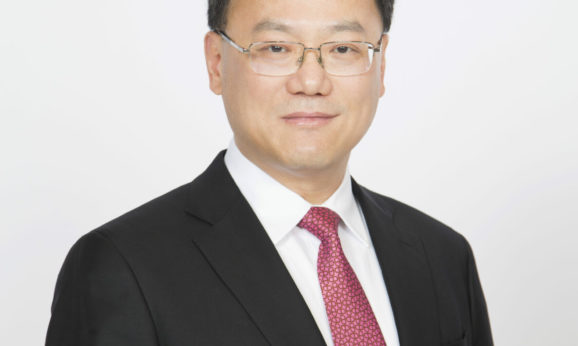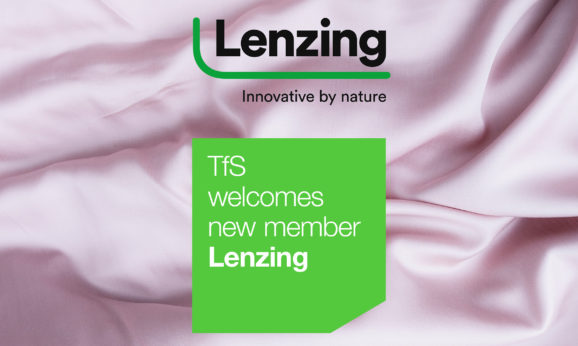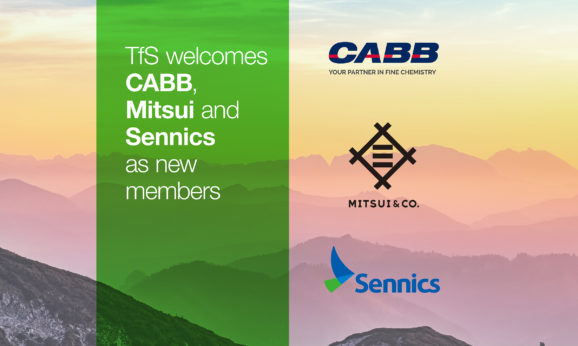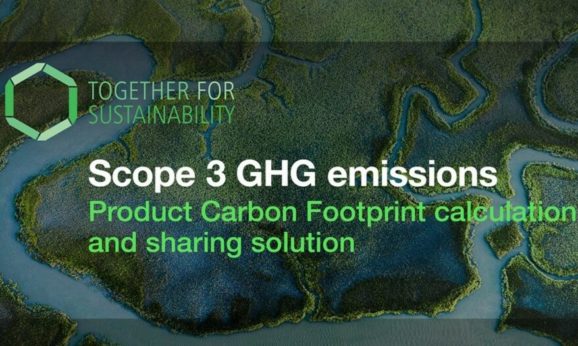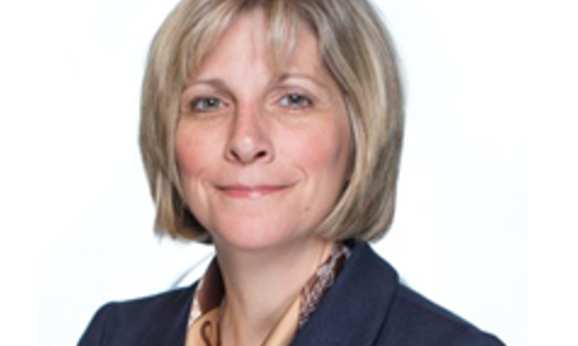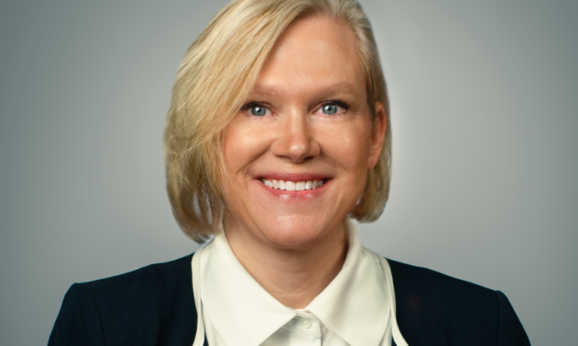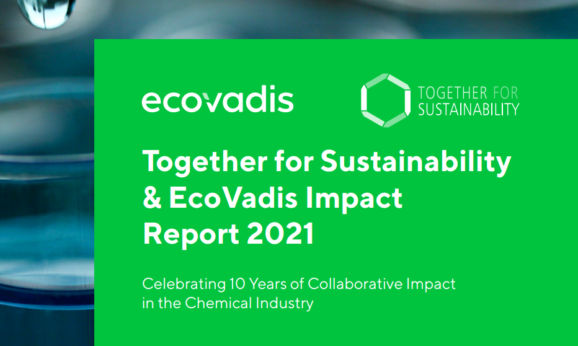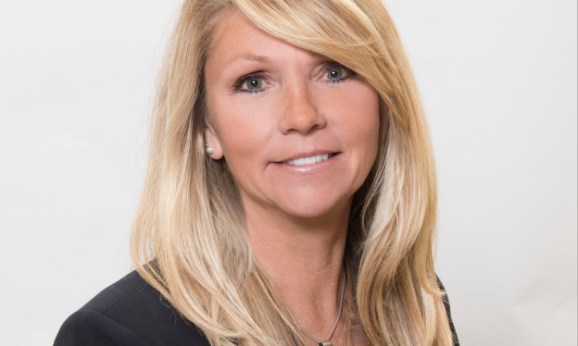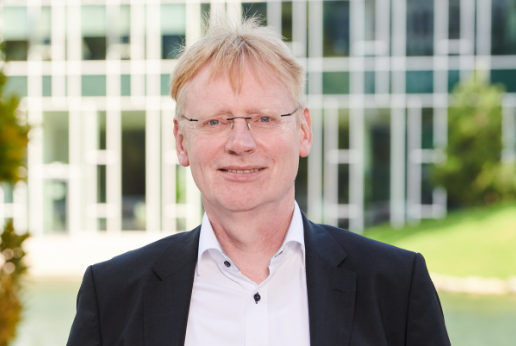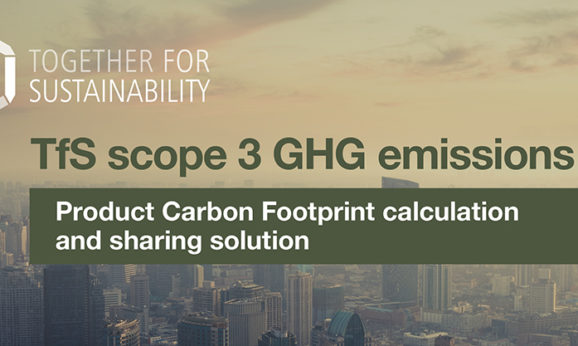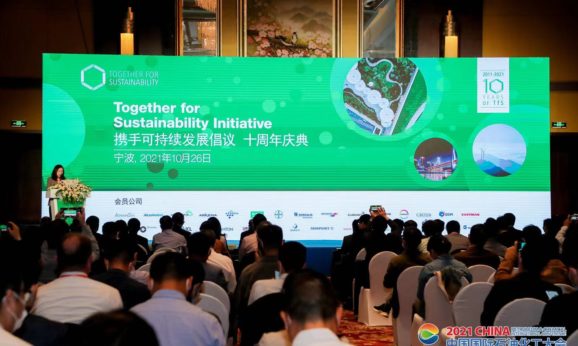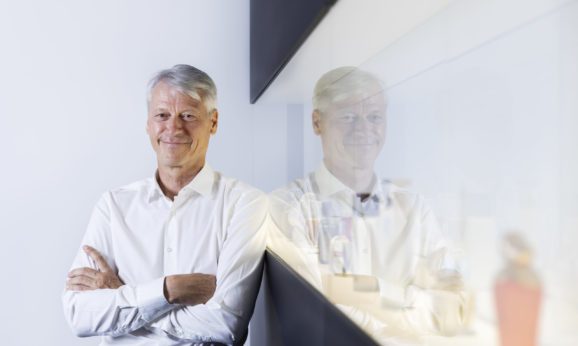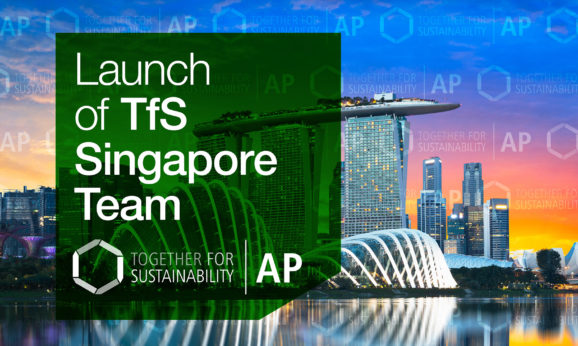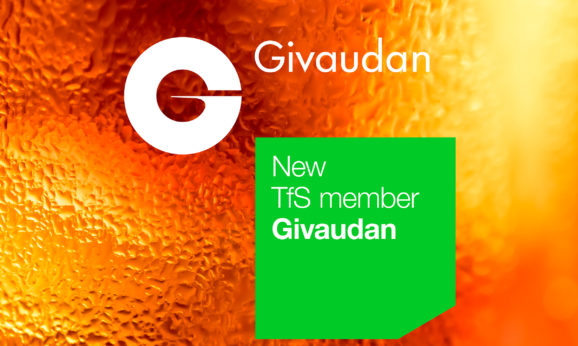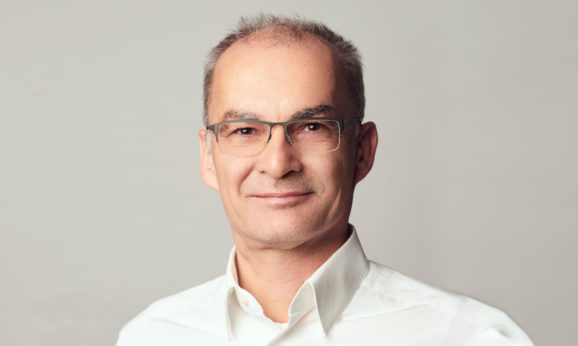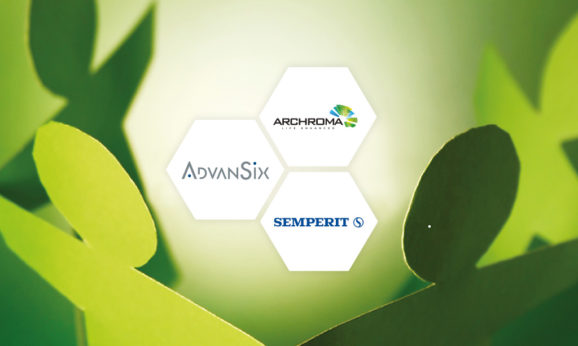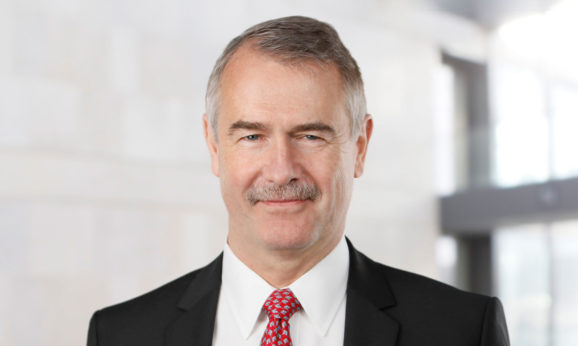The TfS Interview – Michael Heite, Bayer, on TfS and Scope 3 GHG emissions

The TfS Communications team is launching a series of interviews with key stakeholders within and beyond the TfS community. The purpose is to delve into a topic of interest to TfS and to look for fresh perspectives, from a wider angle.
This month we have a talk with Dr. Michael Heite in Germany.
Michael is a chemical engineer in charge of sustainability and compliance at TfS member Bayer AG. He is also leading the TfS Work Stream on Scope 3 greenhouse gas emissions.
Much as Julius Caesar considered all Gaul divided into three parts, international standard- and protocol-setting bodies (the ISO, WRI and WBCSD) have divided carbon and greenhouse gas emissions into three categories: Scope 1 covers all direct emissions; Scope 2 covers indirect emissions from consumption of purchased electricity, heat or steam; while Scope 3 covers all other indirect emissions.
With TfS focusing on supply-chain sustainability, Scope 3 is at the heart of our efforts to battle climate change.
TfS recently launched a new Work Stream on Scope 3 greenhouse gas emissions. Could you explain why TfS has decided to tackle Scope 3 emissions in addition to its existing work. And why now?
Greenhouse gas emissions are at the center of all the global efforts to reduce global warming. These are man-made emissions, so they can also be reduced by mankind. TfS — as the sustainability initiative of the chemical industry — is looking at how to address this in a systematic way.
As a producer you have control over Scope 1 and 2 emissions. You are in charge there. But then there is something bigger, and that’s Scope 3.
In the chemical industry and under a typical carbon footprint, one third of emissions is related to your own operations — Scope 1 and Scope 2 — but more than 60% is related to Scope 3. That shows that we have a huge lever.
How does TfS put this into practice? And with what practical objective?
The general idea behind TfS is about sharing data and sharing knowledge. We have been focusing on sharing assessment and audit results of supplier companies among TfS members. We now want to apply this model in the Scope 3 area, looking upward to the incoming value stream.
When you’re looking at reducing carbon emissions there is one major protocol which is the greenhouse gas protocol that provides a framework for anything you do in carbon management.
But the greenhouse gas protocol lacks clarity and applicability in some areas. This is exactly where we want to come in as TfS and come up with a unified approach under that protocol for the chemical industry.
That protocol should be easily applicable with clear rules on how to calculate and where, at the end, we come up with figures that are audit-proof. Because once we are setting ourselves targets, we also need to run them against the auditors’ perspectives and need to make sure that all data are of high quality.
This is part of the first package we are working on, to establish how you measure carbon emissions in the value chain. So that’s the first objective.
The second objective is to collect the data and make them available to companies that are interested and need the data. As the value chains are hugely complex, very deep and very broad, everybody is talking to everybody. Everybody is asking questions but they are never the same questions and the answers are never the same.
There is a huge amount of data being shuffled between companies and we need to make this much more easier and much more uniform so data needs to be only calculated once.
Does TfS ambition to set a global standard for the industry?
The intention is definitively to set up a global standard for measuring and reducing scope 3 GHG emissions.
Under TfS we have momentum; we have expertise, capabilities. We also have reach and power given the number of companies, given the amount of sales but also given the amount of spend that is inside TfS.
We believe that we are capable of driving this toward further standardisation in the chemical industry.
How will you be engaging with suppliers on data collection?
We have made a very interesting finding in the TfS group: We found that we are all suppliers and buyers in relation to each other.
So, we are part of the same network that we are interacting with on the outside, and the interactions are the same. It was something we had suspected and it’s a very important finding.
We want to develop a methodology for what we are doing in terms of buying and selling among TfS members, say in a “safe” environment. Based on what we learn there, we will approach companies and suppliers outside TfS.
What kind of challenges are you facing?
The challenges come from the high complexity and heterogeneity in the value chains. There are small and large companies in there and some are very ambitious in terms of carbon reductions.
The other thing is that we need to go fast. The clock is ticking. Every second we are talking in this interview we emit huge amounts of carbon and we need to reduce this. We need to get into action.
So the challenges are the complexity and the urgency.
What is the added value of TfS compared to working on one’s own?
A single company that wants to move and set standards in this kind of environment will never make it. There are so many interdependencies, it won’t be able to make it.
But if you have sufficient critical mass, and we have it with TfS, you can build on that mass.
TfS also has excellent branding and excellent reach. It’s is the standard in the chemical industry if you want to really engage in sustainability. We are visible, we are heard, we have voice and we have power at the (negotiation) table.
That’s one thing. The other thing is the enormous set of capabilities and knowledge in the TfS member companies. In every company you find people who are already working on carbon and greenhouse gas reduction.
The combined knowledge, the experience we have there represent a huge amount of capabilities and resources that are brought together. Those people share what they are doing in their company with TfS. This way we can ramp up capabilities, resources, knowledge and experience.
We know a lot about what works in term of greenhouse gas reductions and what doesn’t work. So we can avoid failures and then we can speed up based on the learning steps we have behind us.
Measuring is only a first step to cutting emissions. What is your ambition beyond data collection?
The data will provide the transparency you need to have if you want to change the system.
What you can’t measure you cannot change, certainly at industry scale. So measuring is the very first step.
Then you need to make the data available to a broad audience who can use the data with the purpose to reduce carbon emissions.
We’re building a huge treasure of data there and we want to make sure that this treasure is for carbon reduction and for nothing else. We need to find a safe harbour for the data and make sure it is used only for that purpose.
What is the logical next step once you have the protocols and the data?
Once that transparency is there, then TfS member companies can take targeted actions on carbon reduction. Because they know exactly how much carbon comes from their suppliers.
We will then approach suppliers, share with them our ambitions, based on full transparency of data, to discuss how much carbon we get from them, by how much this can be reduced and with what kind of measures.
If you have that kind of clarity, you are in the game. Then we will really get carbon down in the value chains, in a very targeted way. With transparency we provide the certainty people need to make a move.
We expect a network effect. The suppliers we approach will approach their suppliers and in turn they will approach their suppliers. This will strengthen and amplify the whole effect of what TfS is doing.






